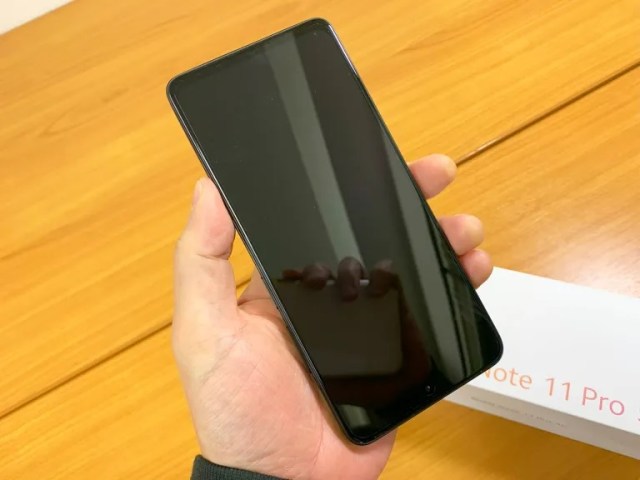
We get to the bottom of the low-cost, SIM-free service plan by heading to the deepest points of the public transportation network.
We bought a whole bunch of fukubukuro/lucky bags this New Year’s season, but one of the best, in the eyes of our Japanese-language reporter Seiji Nakazawa, was one from the Akihabara branch of electronics store Bic Camera. That’s because it came with a SIM-free smartphone.
The timing couldn’t have been better, because Seiji was already looking to replace his aging iPhone. Of course, getting a SIM-free phone means you’ve got to pick a carrier, and that’s where things got complicated.
That’s a typical sort of sign you’ll see hanging in the phone corners of electronic shops in Japan, showing all the various carriers, plans, and options. As you can see, there are a lot of options, but Seiji narrowed things down by asking about what are known in Japan as kakiyasu carriers. Kakiyasu means “cheap” or “budget,” and kakiyasu carriers offer deep discounts compared to the more famous big-name competitors like DoCoMo, au, and SoftBank.
So just how cheap can kakiyasu carriers get? When Seiji asked the staff at Bic Camera what the lowest-priced plan was, they directed him to Irumo, a kakiyasu carrier that’s actually a subsidiary of DoCoMo and whose service plans start at just 550 yen (US$3.80) a month!
Now, as you might expect, there are some compromises that go along with a bargain of this magnitude. For starters, that 550 yen only gets you 0.5 GB of data per month. Users of the 550-yen plan are also the first ones to get throttled back if the network is crowded, and the plan only allows for 4G connection, not 5G.
However, if you’re going to be doing most of your heavy web-surfing and/or video streaming at home, school, or somewhere else where you’ve got Wi-Fi, 0.5 GB may not be a deal-breaker. Likewise, if you’re out and about at somewhat off-peak times, say if you’re a newly arrived-in-Japan English teacher looking to stretch your budget with a less expensive phone plan, networking crowding might not be an issue either.
What did have Seiji worried, though, was one electronics store employee who said that they were an Irumo user, and that while they had no problems using it above ground, underground their phone lost its signal frequently enough to be unusable. If you’re living in Tokyo, or many other large cities in Japan, for that matter, you’re probably going to be spending a lot of time below ground while riding the subway, so this would be a major problem.
▼ Downtown Tokyo has a lot of subway lines
Rather than take the phone plan salesman’s word for it, though, Seiji decided to test our Irumo’s underground capabilities for himself, and so he signed up for the 0.5-GB plan. Firing up his phone, he made his way to Shinjuku Sanchome Station, the closest stop to SoraNews24 HQ, and braced himself for his phone to spit an “out of service area” error message at him as soon as he stepped down into the station entrance stairway.
But it did not. Instead, the signal indicator continued to show full strength, even after he got all the way down to the Marunouchi Line platform and boarded the train.
OK, so maybe he’d run into problems while the train was in the tunnel between stations? Nope!
The worst things got was a small dip, from five bars to four, but his phone kept its signal connection the whole way.
He did have some hiccups trying to open up websites in his browser, but everything else worked just fine, and he was able to both receive and send messages through his messaging apps.
Honestly, Seiji had expected his phone to lose signal right away, leaving him free to head back to the office and whip out a quick “This phone stinks!” review. With his phone now performing better than he’d expected, he figured more testing was in order, so he decided to keep going and check all nine of the Tokyo Metro subway lines to see when and where he’d lose signal…except he never did.
▼ Hanzomon Line (tunnel and station check)?
▼ Signal
▼ Chiyoda Line?
▼ Signal – and somehow even a 5G connection?!?
Ginza, Hibiya, Tozai, Yurakucho, Namboku, and Fukutoshin Lines? Singal, signal, signal, signal, signal, and, you guessed it, signal. The closest he got to losing signal entirely came in one brief spot between Ginza and Higashi Ginza on the Hibiya Line, when his display showed zero bars of connection.
▼ This actually means that there still is a connection, though a weak one, since having no signal at all should cause an “out of service area” (圏外) notice to appear instead.
Ginza seemed to be the trickiest spot for Irumo to connect to the network at, but Seiji still had two bars of signal strength within Ginza Station itself.
So in the end, Seiji had no real problems whatsoever getting a signal for his Irumo phone underground, and it’s been working just fine up on the surface too. Again, it’s nothing fancy, but if you’re a light user who wants to put more of your money towards things other than your phone bill while you’re in Japan, it seems like a SIM-free phone and Irumo is a genuinely viable option.
Photos ©SoraNews24
● Want to hear about SoraNews24’s latest articles as soon as they’re published? Follow us on Facebook and Twitter!
[ Read in Japanese ]

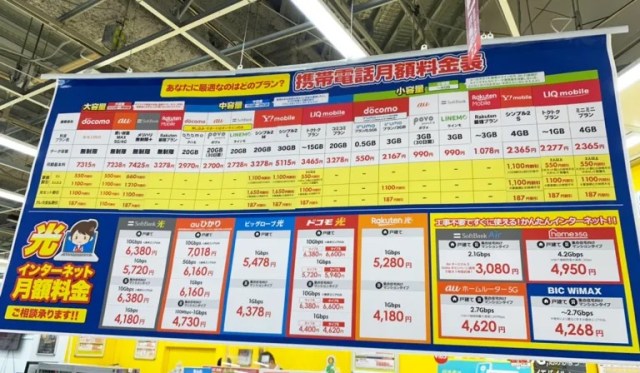
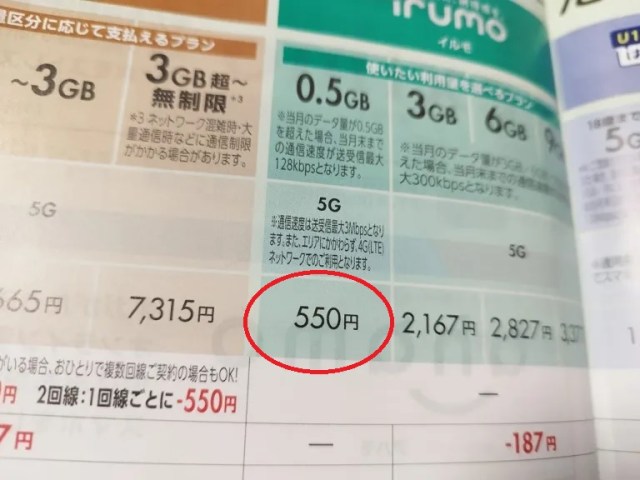
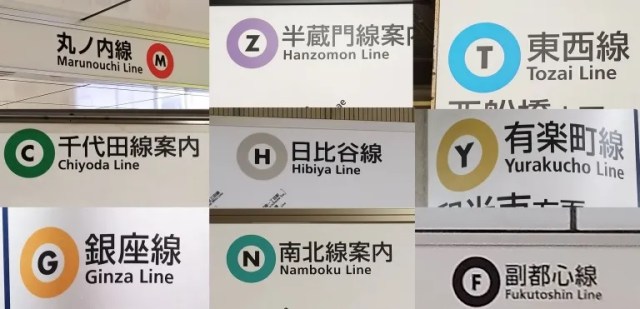

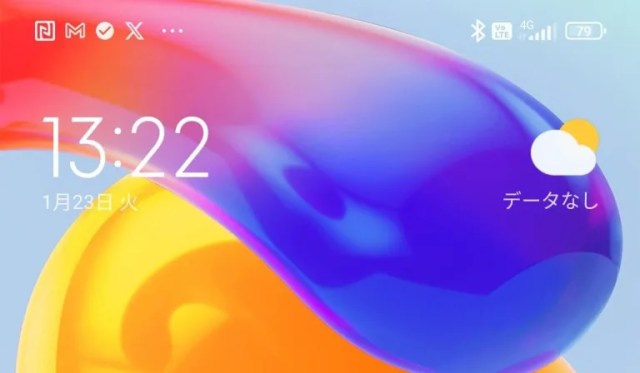
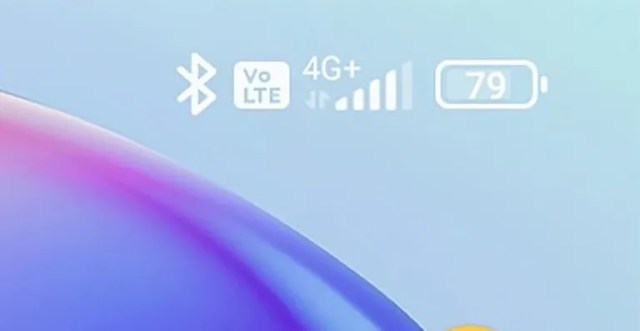

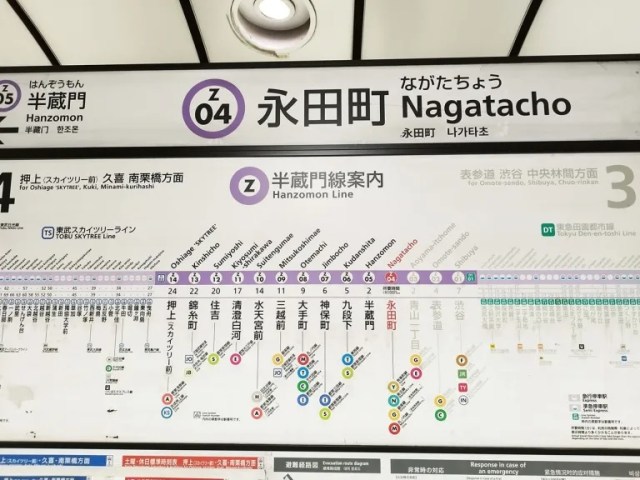
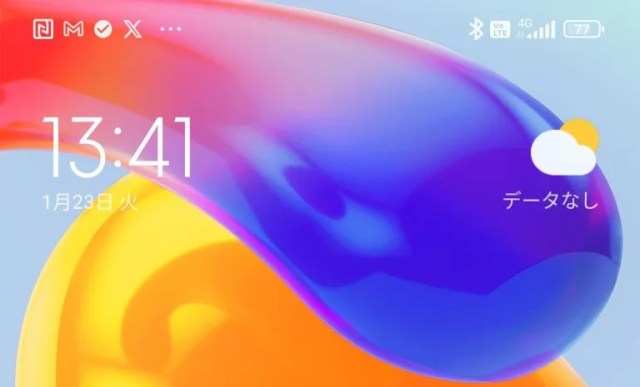
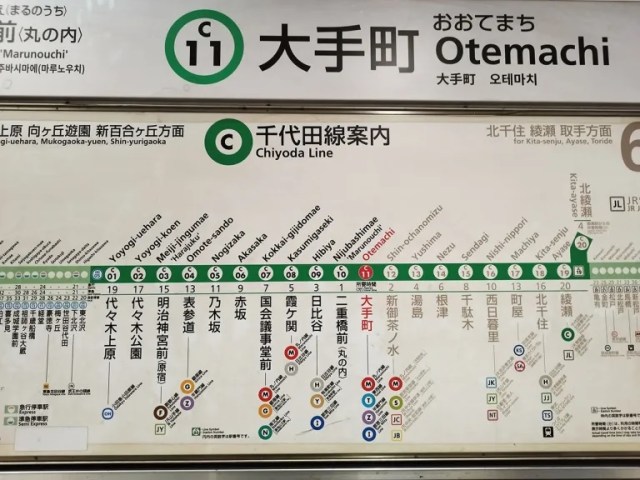

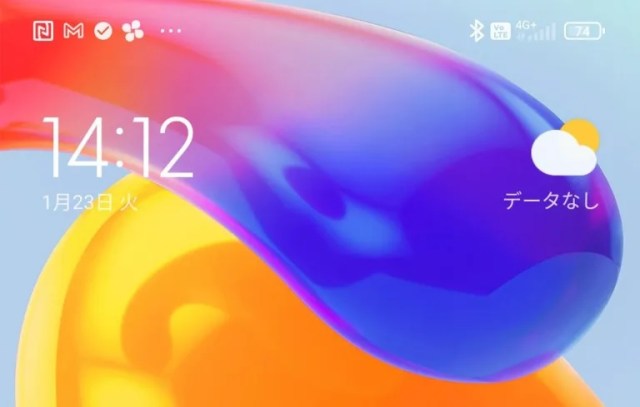
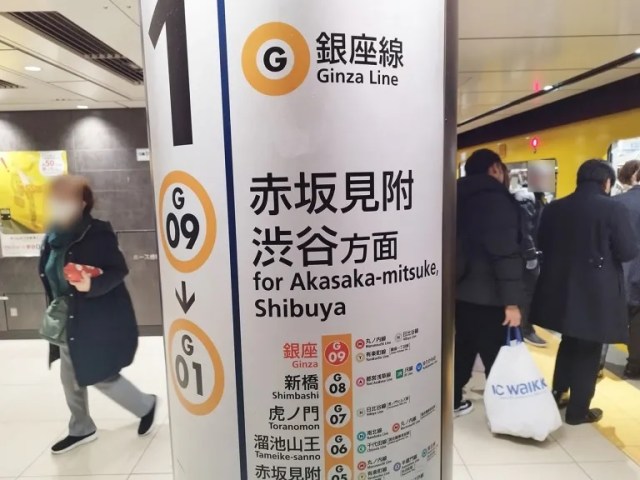
 How do you beat Bic Camera’s Lucky Box lines, and what’s inside their Sim-Free Phone box?
How do you beat Bic Camera’s Lucky Box lines, and what’s inside their Sim-Free Phone box? You can send email from payphones in Japan?!? We try the technology trick that shocked the nation
You can send email from payphones in Japan?!? We try the technology trick that shocked the nation “Hey, how’d you get our personal information?” we ask a Japanese telemarketer
“Hey, how’d you get our personal information?” we ask a Japanese telemarketer What happens when a guy throws on a wig and a dress and goes to Japan’s #1 pick-up spot?
What happens when a guy throws on a wig and a dress and goes to Japan’s #1 pick-up spot? Flipping genius? Japan is getting a new flip phone/smartphone hybrid【Photos】
Flipping genius? Japan is getting a new flip phone/smartphone hybrid【Photos】 Demon Slayer: Kimetsu no Yaiba gets new roller coaster attractions and food at Universal Studios Japan
Demon Slayer: Kimetsu no Yaiba gets new roller coaster attractions and food at Universal Studios Japan How to order snacks on a Shinkansen bullet train in Japan
How to order snacks on a Shinkansen bullet train in Japan Nintendo history you can feel – Super NES, N64, and GameCube controllers become capsule toys
Nintendo history you can feel – Super NES, N64, and GameCube controllers become capsule toys New Nintendo Lego kit is a beautiful piece of moving pixel art of Mario and Yoshi【Photos】
New Nintendo Lego kit is a beautiful piece of moving pixel art of Mario and Yoshi【Photos】 McDonald’s adds a new Cheese Bacon Potato Pie to its menu in Japan for a limited time
McDonald’s adds a new Cheese Bacon Potato Pie to its menu in Japan for a limited time Japan’s new difficult-to-drink-from beer glass protects your liver, but it’s a brutal experience
Japan’s new difficult-to-drink-from beer glass protects your liver, but it’s a brutal experience Burger King Japan suddenly adds Dr. Pepper and Dr. Pepper floats to its menu nationwide
Burger King Japan suddenly adds Dr. Pepper and Dr. Pepper floats to its menu nationwide Japan’s foreign population reaches historic milestone following largest-ever single-year surge
Japan’s foreign population reaches historic milestone following largest-ever single-year surge Shinjuku izakaya’s all-you-can-eat-and-drink plan is one of Tokyo’s best secret cheap eats
Shinjuku izakaya’s all-you-can-eat-and-drink plan is one of Tokyo’s best secret cheap eats Creator of Rurouni Kenshin manga/anime avoids jail time in child pornography possession case
Creator of Rurouni Kenshin manga/anime avoids jail time in child pornography possession case Hello, cosmetics! Clinique teams up with Hello Kitty this summer for first-time collaboration
Hello, cosmetics! Clinique teams up with Hello Kitty this summer for first-time collaboration “The most Delicious Cup Noodle in history” – Japan’s French Cup Noodle wins our heart【Taste test】
“The most Delicious Cup Noodle in history” – Japan’s French Cup Noodle wins our heart【Taste test】 Starbucks releases a cute Frappuccino and Unicorn Cake…but not in Japan
Starbucks releases a cute Frappuccino and Unicorn Cake…but not in Japan Kyoto Tower mascot termination reveals dark side behind cute Japanese characters
Kyoto Tower mascot termination reveals dark side behind cute Japanese characters McDonald’s Japan’s Soft Twist Tower: A phantom ice cream only sold at select branches
McDonald’s Japan’s Soft Twist Tower: A phantom ice cream only sold at select branches Yabai Ramen: What makes this Japanese ramen so dangerous?
Yabai Ramen: What makes this Japanese ramen so dangerous? Finally! Nintendo Japan expands Switch 8-bit controller sales to everybody, Online member or not
Finally! Nintendo Japan expands Switch 8-bit controller sales to everybody, Online member or not Japanese government wants to build luxury resorts in all national parks for foreign tourists
Japanese government wants to build luxury resorts in all national parks for foreign tourists To combat declining birth rate, Japan to begin offering “Breeding Visas” to foreigners
To combat declining birth rate, Japan to begin offering “Breeding Visas” to foreigners 10 things you should buy at 7-Eleven in Japan
10 things you should buy at 7-Eleven in Japan Studio Ghibli releases anime heroine cosplay dresses that are super comfy to wear
Studio Ghibli releases anime heroine cosplay dresses that are super comfy to wear Woman charged for driving suitcase without a license in Osaka
Woman charged for driving suitcase without a license in Osaka Studio Ghibli unveils My Neighbour Totoro miniature house model
Studio Ghibli unveils My Neighbour Totoro miniature house model Kyoto experiencing problems with foreign tourists not paying for bus fares, but not on purpose
Kyoto experiencing problems with foreign tourists not paying for bus fares, but not on purpose Fighting mild hunger with a Japanese soda that turns into jelly in the stomach【Taste test】
Fighting mild hunger with a Japanese soda that turns into jelly in the stomach【Taste test】 Studio Ghibli’s Howl’s Moving Castle tapestry unveiled in Japan for first time
Studio Ghibli’s Howl’s Moving Castle tapestry unveiled in Japan for first time McDonald’s new Happy Meals offer up cute and practical Sanrio lifestyle goods
McDonald’s new Happy Meals offer up cute and practical Sanrio lifestyle goods Sales of Japan’s most convenient train ticket/shopping payment cards suspended indefinitely
Sales of Japan’s most convenient train ticket/shopping payment cards suspended indefinitely Sold-out Studio Ghibli desktop humidifiers are back so Totoro can help you through the dry season
Sold-out Studio Ghibli desktop humidifiers are back so Totoro can help you through the dry season Japanese government to make first change to romanization spelling rules since the 1950s
Japanese government to make first change to romanization spelling rules since the 1950s Foreigner’s request for help in Tokyo makes us sad for the state of society
Foreigner’s request for help in Tokyo makes us sad for the state of society Ghibli founders Toshio Suzuki and Hayao Miyazaki contribute to Japanese whisky Totoro label design
Ghibli founders Toshio Suzuki and Hayao Miyazaki contribute to Japanese whisky Totoro label design Doraemon found buried at sea as scene from 1993 anime becomes real life【Photos】
Doraemon found buried at sea as scene from 1993 anime becomes real life【Photos】 Tokyo’s most famous Starbucks is closed
Tokyo’s most famous Starbucks is closed Princesses, fruits, and blacksmiths: Study reveals the 30 most unusual family names in Japan
Princesses, fruits, and blacksmiths: Study reveals the 30 most unusual family names in Japan “Hey, Japanese taxi driver, take us to the best seafood joint in Otaru!”
“Hey, Japanese taxi driver, take us to the best seafood joint in Otaru!” Top 3 most feared customers according to former phone sales rep
Top 3 most feared customers according to former phone sales rep Tokyo adding free Wi-Fi to 143 subway stations for foreign travelers
Tokyo adding free Wi-Fi to 143 subway stations for foreign travelers The SoraNews24 secret technique for staying warm in your office this winter【Experiment】
The SoraNews24 secret technique for staying warm in your office this winter【Experiment】 We attend one of Japan’s most important press conferences this year, dressed as Vegeta【Photos】
We attend one of Japan’s most important press conferences this year, dressed as Vegeta【Photos】 Our reporter Seiji gets a weird package from overseas, meets a friend he didn’t know he had
Our reporter Seiji gets a weird package from overseas, meets a friend he didn’t know he had Does Tokyo’s King of Tonkatsu live up to its name? We find out 【Taste Test】
Does Tokyo’s King of Tonkatsu live up to its name? We find out 【Taste Test】 iPhone gets stolen in Spain, Japanese owner gets hit with massive bill for $9,800
iPhone gets stolen in Spain, Japanese owner gets hit with massive bill for $9,800 Amazon Japan are selling Uber Eats backpacks and they’re surprisingly useful
Amazon Japan are selling Uber Eats backpacks and they’re surprisingly useful Japanese companies banned from locking cellphone SIM starting this autumn
Japanese companies banned from locking cellphone SIM starting this autumn Japan’s Shinkansen bullet trains to remove all onboard payphones
Japan’s Shinkansen bullet trains to remove all onboard payphones “Hey, Japanese taxi driver, take us to the best Sapporo ramen place!” – Things don’t go as planned
“Hey, Japanese taxi driver, take us to the best Sapporo ramen place!” – Things don’t go as planned This is the one and only kakuni pork bowl restaurant in Tokyo, and it’s amazing
This is the one and only kakuni pork bowl restaurant in Tokyo, and it’s amazing We visited Akihabara’s PCR Test Center and here’s what you should expect
We visited Akihabara’s PCR Test Center and here’s what you should expect The secret piece of information hiding in plain sight on Tokyo’s subway signs
The secret piece of information hiding in plain sight on Tokyo’s subway signs Which convenience store has the best kakuni Japanese braised pork? We find out【Taste test】
Which convenience store has the best kakuni Japanese braised pork? We find out【Taste test】
Leave a Reply